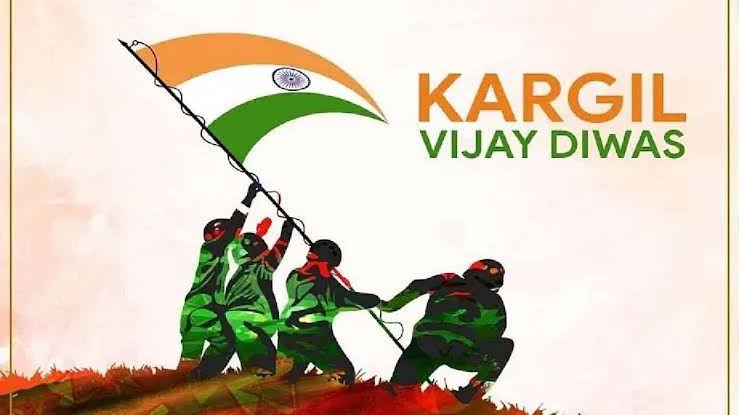R. Jambunaathan

Suffering and struggling accompanied right from his birth, yet they did not deter him from fighting against the British Raj. After completing matriculation, he got a junior level job in the police department. However, he quit the government service within few days as he did not want to serve the alien masters.
He associated himself closely with V. O. Chidambaram Pillai and Mahakavi Subramania Bharati. He participated in the agitations exhorting the people to boycott foreign goods. In 1908, he was sentenced to 10 years in prison for holding a procession in violation of the prohibition along with VUC.
The sentence was later reduced to 6 years. In Tiruchirapalli jail, he was imprisoned along with inmates suffering from leprosy. He was also made to tough jobs in unhygienic surroundings. One such job was cleaning and preparing the raw wool. Heat, dust and woolen particles impacted his lungs resulting in asthma. Still worse was he being inflicted with leprosy. They all had a deleterious effect on his health. Though his jail term was only for six years, this body appeared to have aged 30 years more when he walked out of the prison.
Even after tasting the jail life, he continued to get immersed in freedom struggle. His fiery speeches motivated several young men to join the freedom movement which further infuriated the British government. He devoted his time in selling khadi products which earned him meagre amount to survive. More than the money, propagation of swadeshi movement only propelled him to keep moving on. As he was afflicted with leprosy, he was barred from travelling by trains. He tried to travel by bullock carts and there again those villagers who hired their carts were threatened by the police. Thus, he was forced to travel by foot. Think for a moment, how harsh would the leprosy affected skin will feel when the scorching sun falls on it? Therefore, he had travel only by evenings and in early mornings.
He had read the famous thundering speeches of Swami Vivekananda which had inspired him to follow Swamiji’s path of patriotism, spirituality and service to the mankind. Swamiji had said in 1897 advising Bharatiyas to adopt Bharata Mata as the only idol to be worshipped for the next 50 years. This caught the imagination of our hero who wished to build a grand temple of Bharata Mata in Paappaara Patti village in Tamil Nadu. He spent final years of life mainly towards making his dream come true.
Who was this selfless servant of Bharata Mata? Yes, it was Subramania Siva born on Oct 4th. 1884 in a poverty-stricken Brahmin family in Vathalagundu a small town in Dindigul district at the foot hills of Kodaikanal, a picnic spot.
In the midst of turbulent life due to family circumstances and active association in political, social movements, he followed literary- journalistic pursuits. He managed Gnana Banu,
Prapancha Mitran and Indiya Deshantri Tamil magazines at various points. He penned 10 books on yoga and religion like Vedanta Rahasiyam and Bhagavat Geeta compilation in addition to one novel and two plays , Veer Sivaji and Raja Desingu.
He breathed his last on July 23, 1925 just like Swami Vivekananda and Subramania Bharati who had left behind a great legacy within a short span of life around 40 years.
He had spiritual inclination and during his stay at Thiruvananthapuram, a sanyasi was pleased the services of Subramanian. One day that sanyasi addressed Subramanian as ‘ hey Siva, come here’ and that became like title to Subramanian. It stayed with him for the rest of life. Later, once in 1920, he went and prostrated a bala sanyasi who in due course blossomed into Kanchi Mahaswami His Holiness Chandrasekara Saraswati when the latter was camping at Kumbakonam. Look at the wonder, Kanchi Mahaswami shared his happiness with sishyas expressing as ‘ today I had Siva Darshanam ‘.
Indeed, Subramania Siva was like Lord Siva who never bothered about his comforts but invited miseries like drinking poison for saving the mankind.

